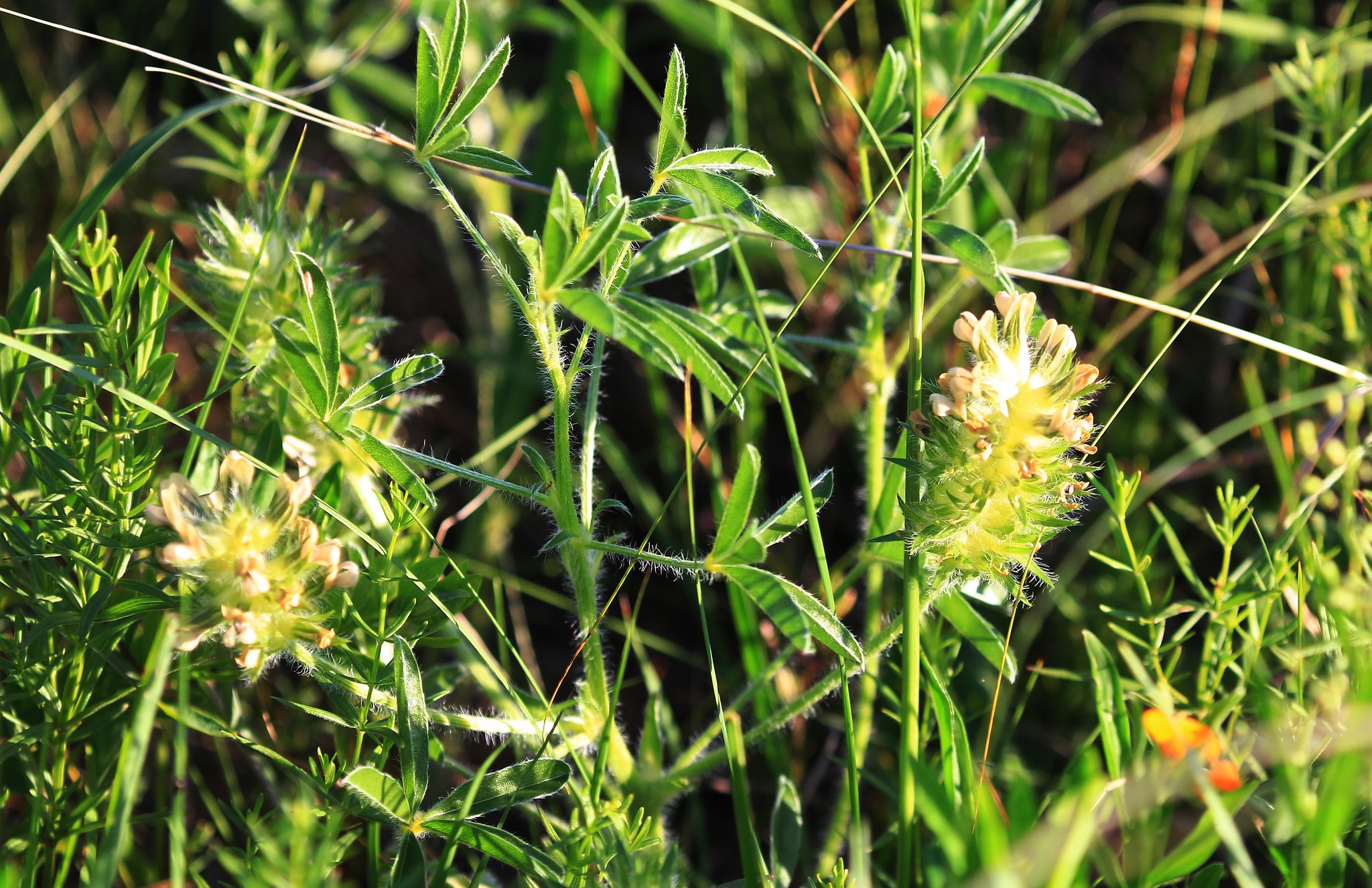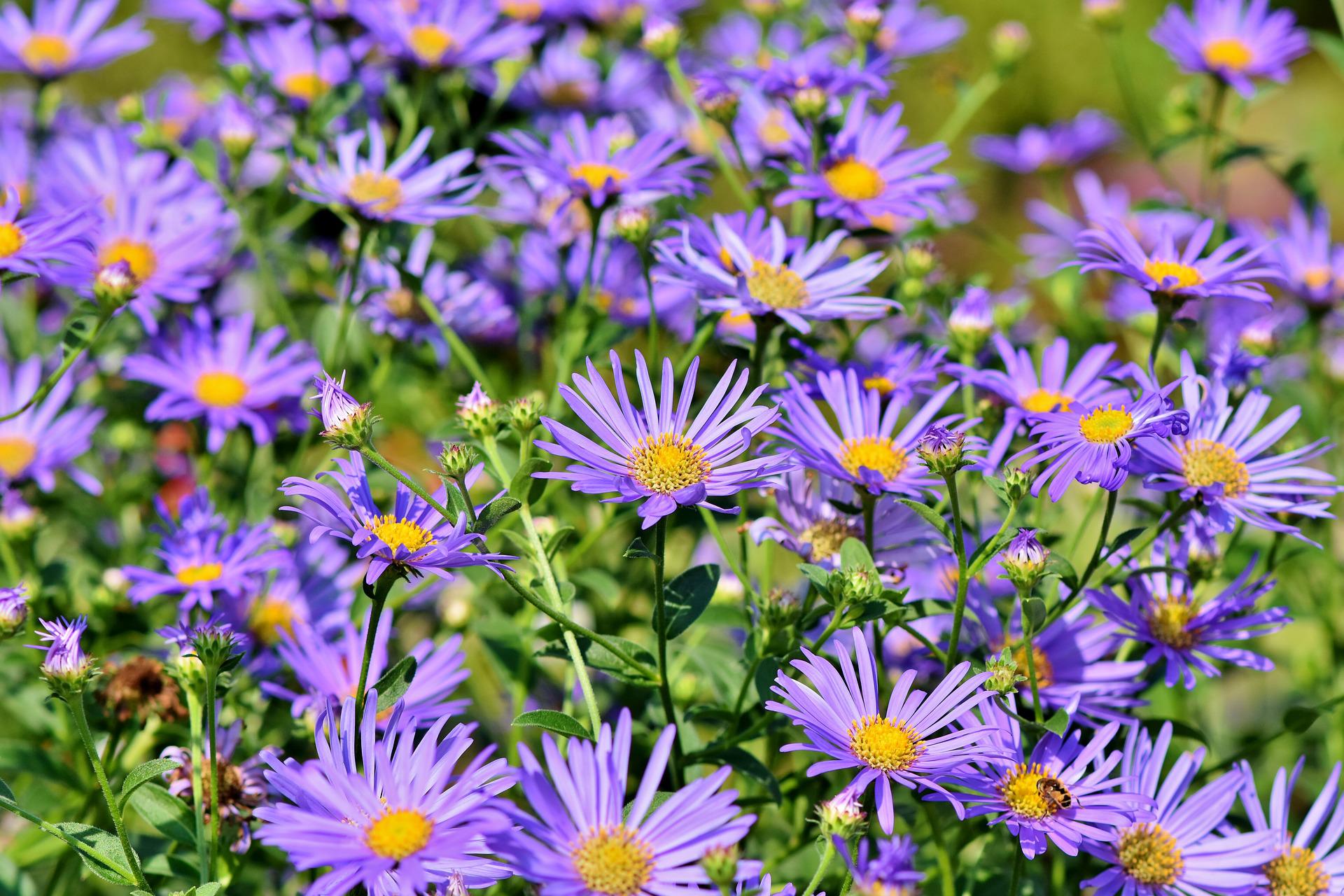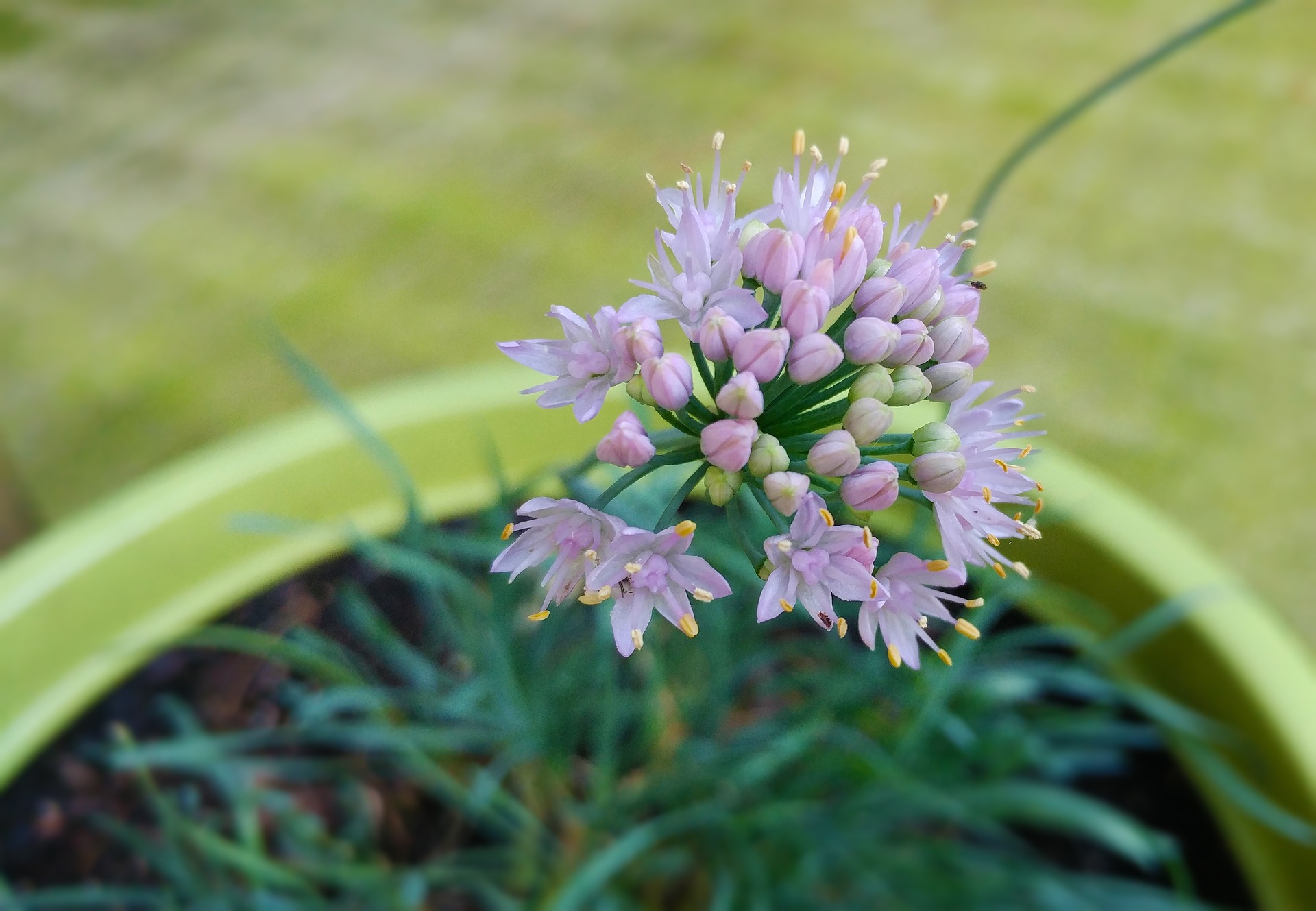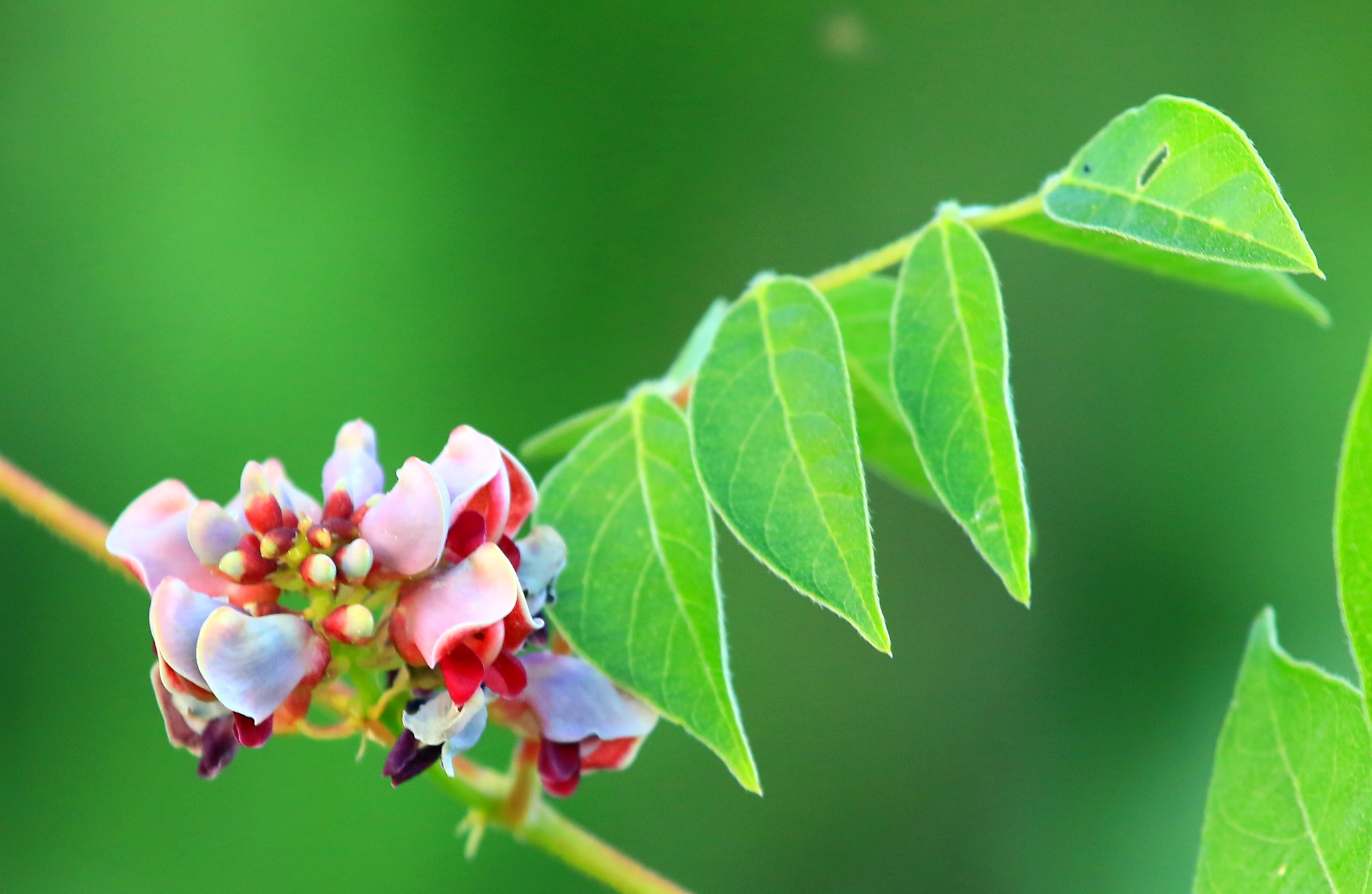Lesser-Known Wild Edibles to Forage for in July
Posted on July 15, 2022 in Blog
They might not look like the fruits or vegetables at the supermarket - and they’re not as well-known or as easy to find, but these plants native to Iowa’s marshes, forests and prairies are just as deserving of being part of your next meal or snack. Whether you’re a forager or a gardener, we’re here with the harvesting tricks and cooking tips to get you well on your way to incorporating a bit of Iowa wildness into your cuisine.
Prairie turnip
 With a flavor distinct from its store-bought counterpart, prairie turnip makes an excellent addition to stews or other dishes but can also be eaten whole, fresh and raw or cooked like any other vegetable. Some label the flavor as grassy, while others compare it to peanuts or potatoes. The starchy vegetable can also be pounded into a flour that is often used as a base for a sweet berry pudding. Prairie turnips were an essential staple food for Native American peoples, so much so that the Omaha tribe based the route of its summer bison hunt on the plant’s availability. Traditionally, the roots are braided together in long strings that can be boiled and eaten immediately or dried and rehydrated for preservation. Prairie turnips ripen in June and July. To harvest, use a spade to uproot a large amount of soil around the root, then carefully twist off the tuberous root and long taproot. Ideally, you should be able to put the soil back into the hole, leaving the mature flower stalk standing.
With a flavor distinct from its store-bought counterpart, prairie turnip makes an excellent addition to stews or other dishes but can also be eaten whole, fresh and raw or cooked like any other vegetable. Some label the flavor as grassy, while others compare it to peanuts or potatoes. The starchy vegetable can also be pounded into a flour that is often used as a base for a sweet berry pudding. Prairie turnips were an essential staple food for Native American peoples, so much so that the Omaha tribe based the route of its summer bison hunt on the plant’s availability. Traditionally, the roots are braided together in long strings that can be boiled and eaten immediately or dried and rehydrated for preservation. Prairie turnips ripen in June and July. To harvest, use a spade to uproot a large amount of soil around the root, then carefully twist off the tuberous root and long taproot. Ideally, you should be able to put the soil back into the hole, leaving the mature flower stalk standing.
Aster

Native American tribes harvested this distinctive purplish-blue flower for a variety of usages, including using the roots in soups, lightly cooking and consuming the young leaves, and combining asters with other plants for medicinal use. Today, dried asters are commonly used in tea blends, and fresh asters or their leaves make fine salads. They also make a fine garnish due to their bright color. Different species of asters bloom July through October. To harvest, cut the stem about 4 inches above the soil level, ideally in the early morning. If you are drying the asters, hang the stems upside down in a cool, dark area until the plant is dry enough to crush into powder. Store the powder within a jar and use within a year.
Nodding onion
 Although stronger than its more northern wild counterpart, Allium canadense, various components of the nodding onion have culinary value. It is recommended that the bulb be used sparingly as an herbal flavoring for meat and fish, rather than as a replacement for a regular onion. The bulbs and lower stems can also add tang to stir fries and similar dishes. The leaves and flowers are tasty in salads, whether raw or cooked, though note that cooking softens and sweetens the onion’s flavor. Nodding onion flowers from June to July, during which it is attractive to pollinators.
Although stronger than its more northern wild counterpart, Allium canadense, various components of the nodding onion have culinary value. It is recommended that the bulb be used sparingly as an herbal flavoring for meat and fish, rather than as a replacement for a regular onion. The bulbs and lower stems can also add tang to stir fries and similar dishes. The leaves and flowers are tasty in salads, whether raw or cooked, though note that cooking softens and sweetens the onion’s flavor. Nodding onion flowers from June to July, during which it is attractive to pollinators.
Groundnut 
The American Groundnut, also known as hopniss and a range of other monikers, has been harvested and cooked by nearly every Native American tribe east of the Rocky Mountains. Apios americana grows a tuber whose taste has been described as between that of a bean and that of a potato, somewhat resembling Russet potatoes but somewhat sweeter. Due to their potato-like qualities, the tubers make a mean chip and work well in mashed potato-like dishes. Dried tubers can also be ground into a flour ideal for thickening soups and stews due to its high water absorbency. If eaten raw, the tubers have an anti-nutritive value because they contain protease inhibitors, so be sure to cook them. You can harvest groundnuts whenever the ground is not frozen, although rumor has it that the tubers are sweetest in late fall and early spring. The tubers take two years to mature, at which point they are about the size of a walnut, but given time, they can grow as large as potatoes. These tubers grow like a string of peanuts along the plant’s root system, so you’ll find them yards away from where the plant is growing.
Before going out to forage, remember that many public parks have rules that restrict what you can take. Make sure you’re aware of what is permitted in a particular park before you go.
Photos courtesy of Pixababy and Larry Reis